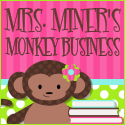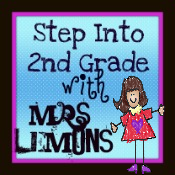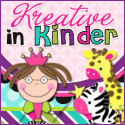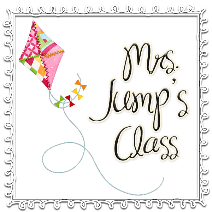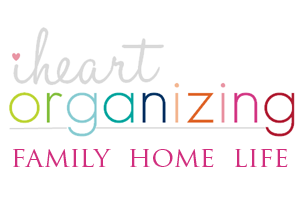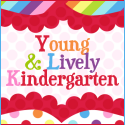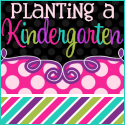Teaching winter, well... all seasons for that matter, can be an interesting thing when you live in Texas. We try to explain to the students that winter means cold and snow, fall means the leaves change colors, etc., but in Texas, at least central Texas, this is not so. We **might** see snow once a year, but the northern states would call it a joke. We have a few flurries and the kids get so excited, everyone rushes outside and school is immediately called off. It never sticks to the ground. Oh, and our leaves stay green or turn brown but there's no in between. So, it's kind of difficult to teach these things when the kids really have no basis for background knowledge. Therefore, many Texans learn about seasons that never really exist for us.
Needless to say, we have been learning about winter and snow and this week we focused on penguins. This can be a really fun unit.
We watched clips on National Geographic Kids this week. If you haven't been on this website, it's great for young kids. There were many short video clips and pictures of all different kinds of penguins. Go check out this website. It can be great for any science unit in early childhood.
You may remember a couple of blogs ago, when I wrote about the 4-square graphic organizer. Here is a picture of how I put it into place with the penguins unit.
I begin by telling the kids that we are going to write about penguins today on our 4-square. By now, they are very familiar with this term.
This year, we started introducing the terms noun and verb in kindergarten. We have had a lot of success with it, which came much to my surprise.
We begin by teaching them that every sentence has a noun in it. We talk about all of the words that could be nouns.
Here are some noun posters that I have created for my classroom:
When we introduce a verb, we do a lot of acting out. "Can you act out the word 'throw'?", "Act out the word 'play'." Verbs are things that we DO. When we make a sentence we have to have a noun (person, place, or thing) and your noun has to be doing something, which is your verb.
Anyone who has taught early childhood will know that a beginning writer will often write one word and tell you they wrote a sentence. Sometimes they will even add a period so that you really "know" it's a sentence. :)
I will often act out silly scenarios where I ask the students if it would make any sense if I went on the playground and told another student this sentence: "Dog." They often laugh and say, "Noooo! That wouldn't make sense!" Then I'll ask, "Oh, did I need to tell you what the dog did?" They'll all shout yes in unison. I'll do this many times with various nouns and then I'll ask them to give me a sentence about a dog that I could tell my friends. Students will come up with many different things. "The dog ran." "The dog ate a bone." "The dog licked me." etc. "Oh!" I'll exclaim, "It would make more sense if I told you what the dog was DOING, wouldn't it?"
When completing a 4-square, we always use blue for the noun and yellow for the verb. This is to distinguish to the students that these are two different kinds of words. Later on, in older grades, when they are adding in adjectives and adverbs, those kinds of words each have their own color as well.
I began my lesson today by telling my students that we were going to write about penguins. I wrote the word "Penguins" in the middle of the 4-square. Then, as I was filling out each section, I would ask my students what my noun was. After they gave me the noun (Penguins), I would write it and have them come up with the verb, something that a penguin does. As you can see, they thought of many good things:
Penguins waddle.
Penguins play.
Penguins slide.
Penguins eat fish and krill.
The 4-square graphic organizer has been great for my kindergarten classroom and it can be adapted all the way through elementary and probably further.
I included my noun posters in my newest packet on TpT which you can purchase here:
Also, please go download my free winter math journals. And be on the lookout for my newest freebie which is coming soon, the Valentine fluency pack.



























































